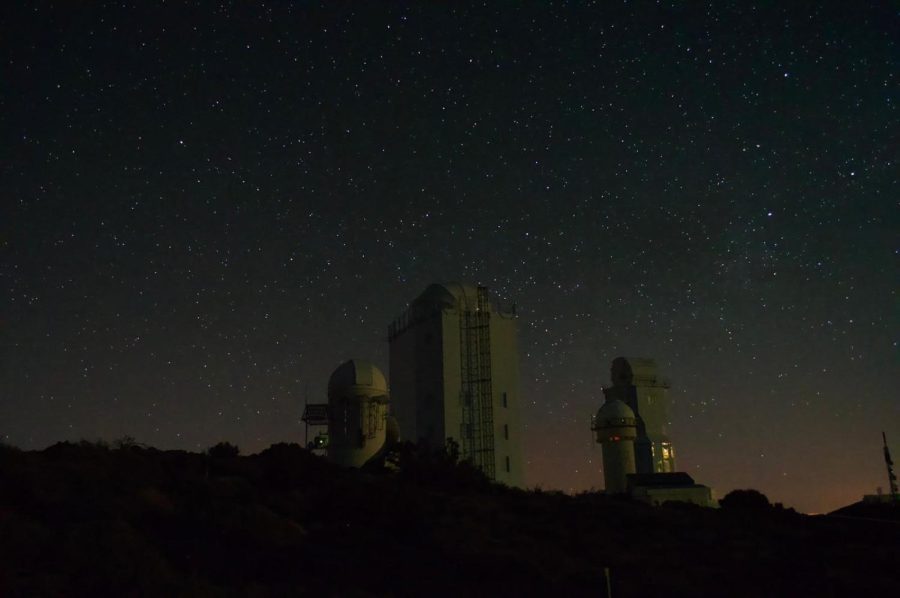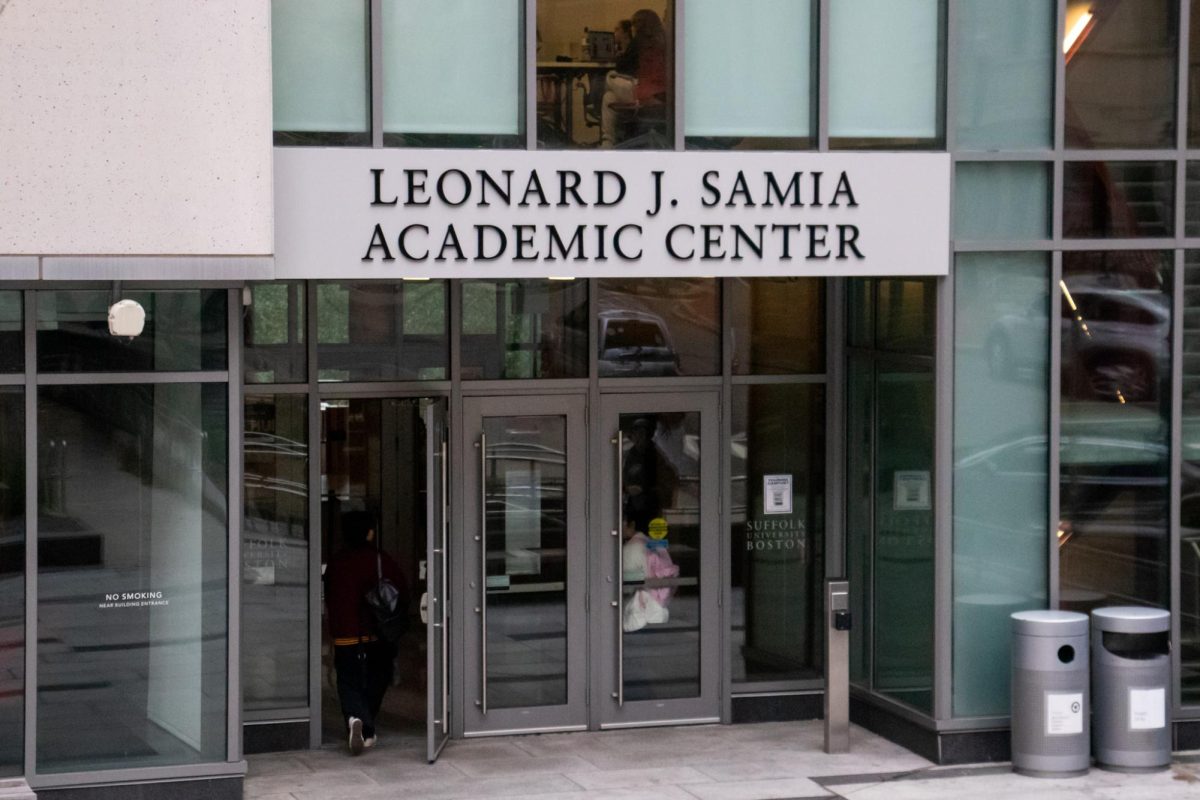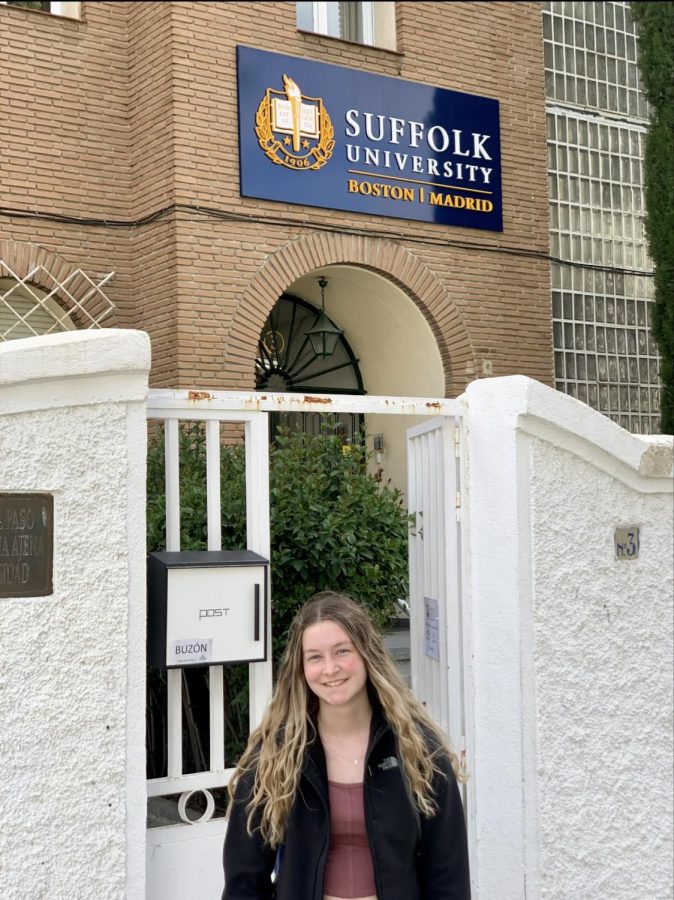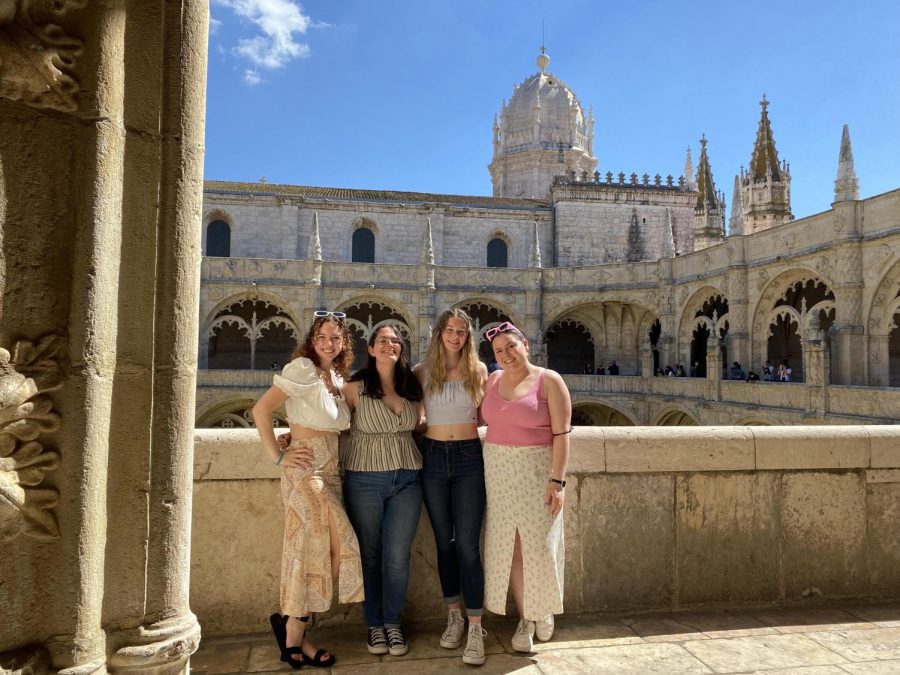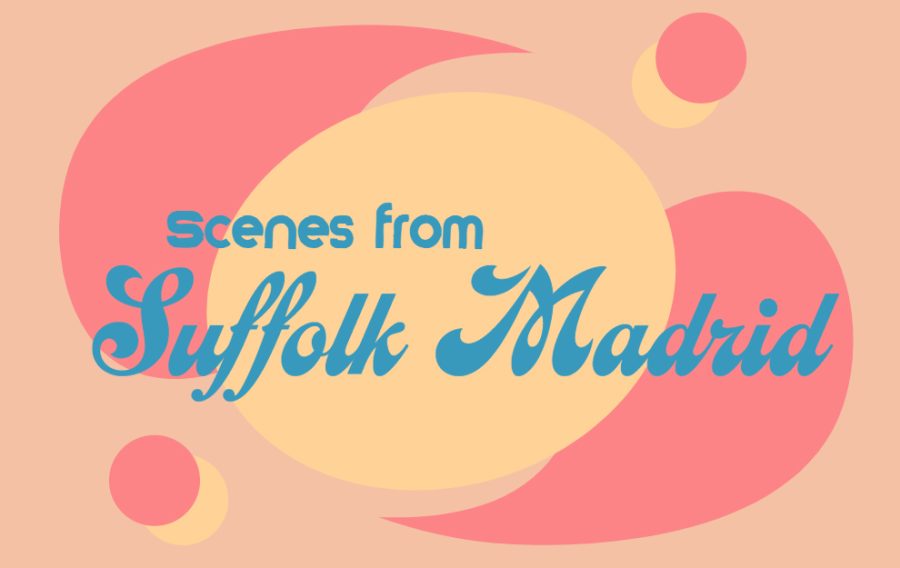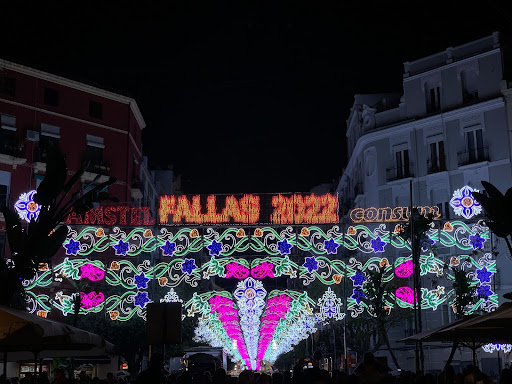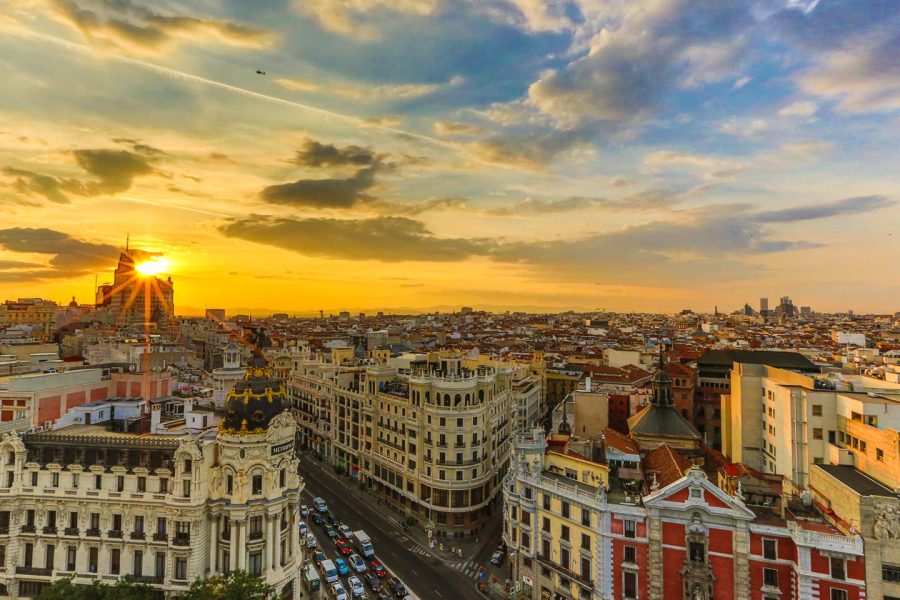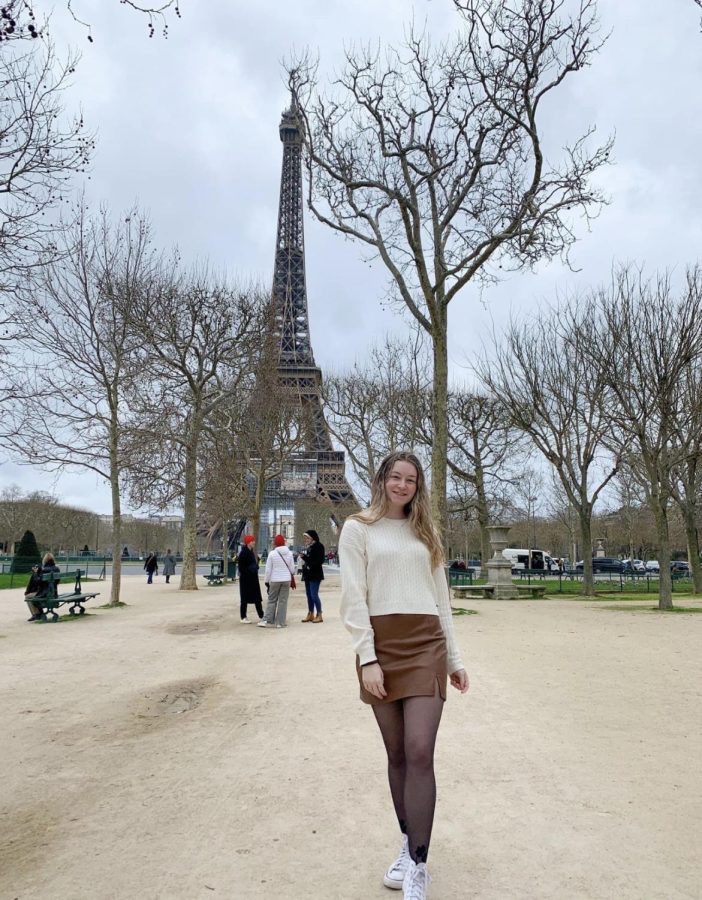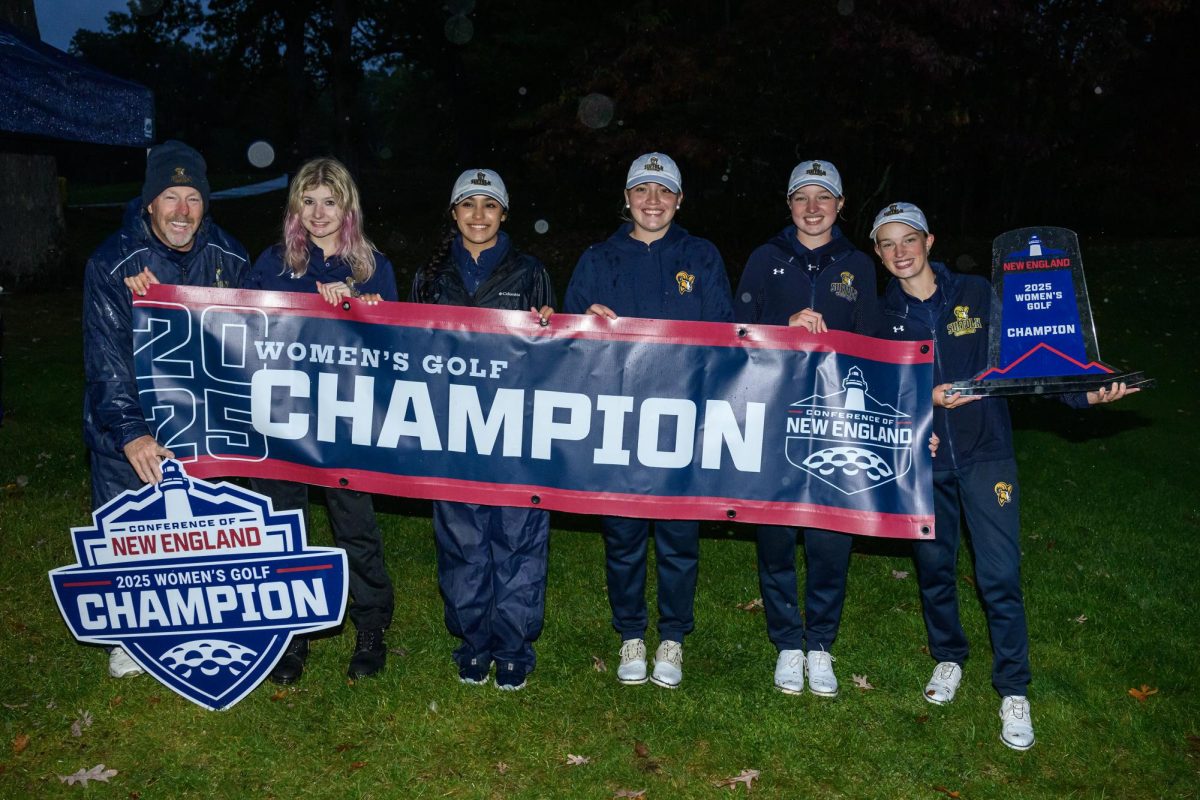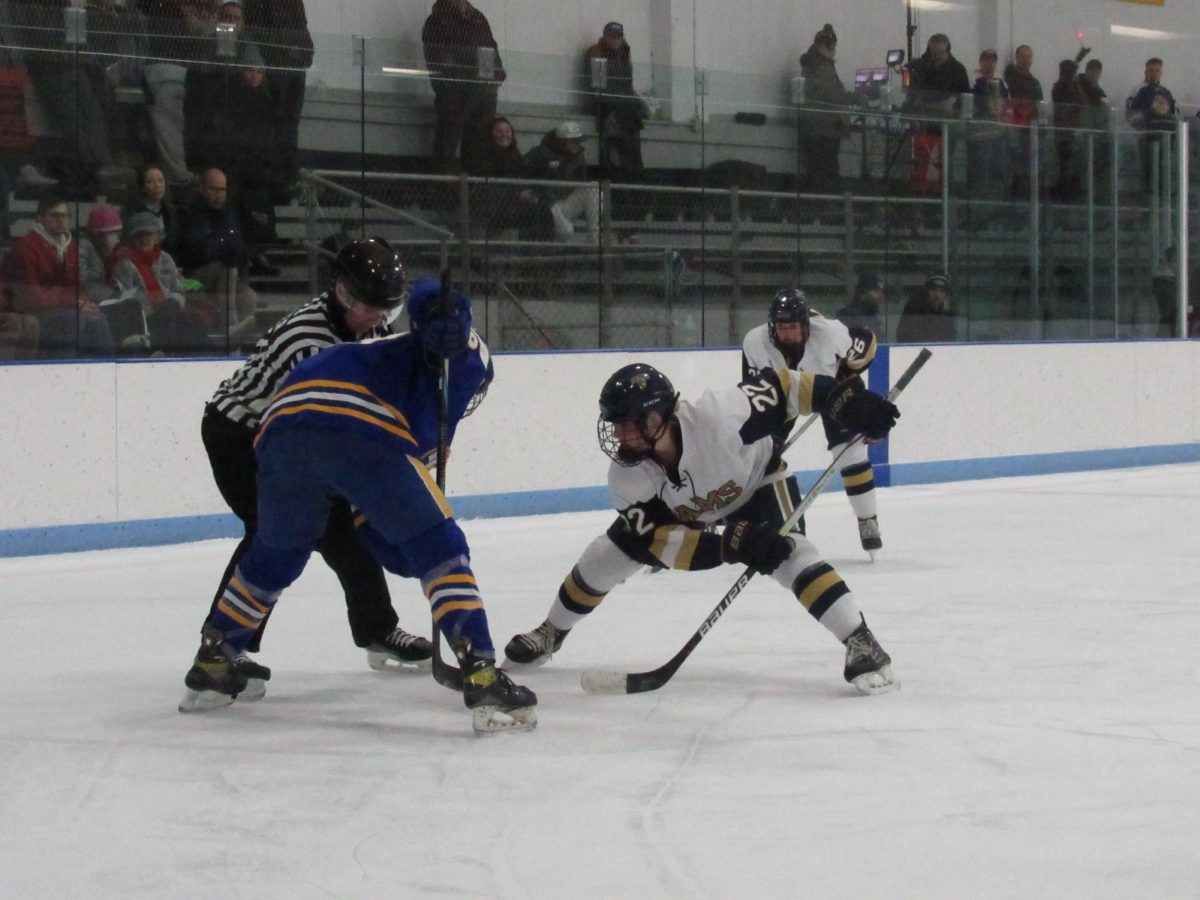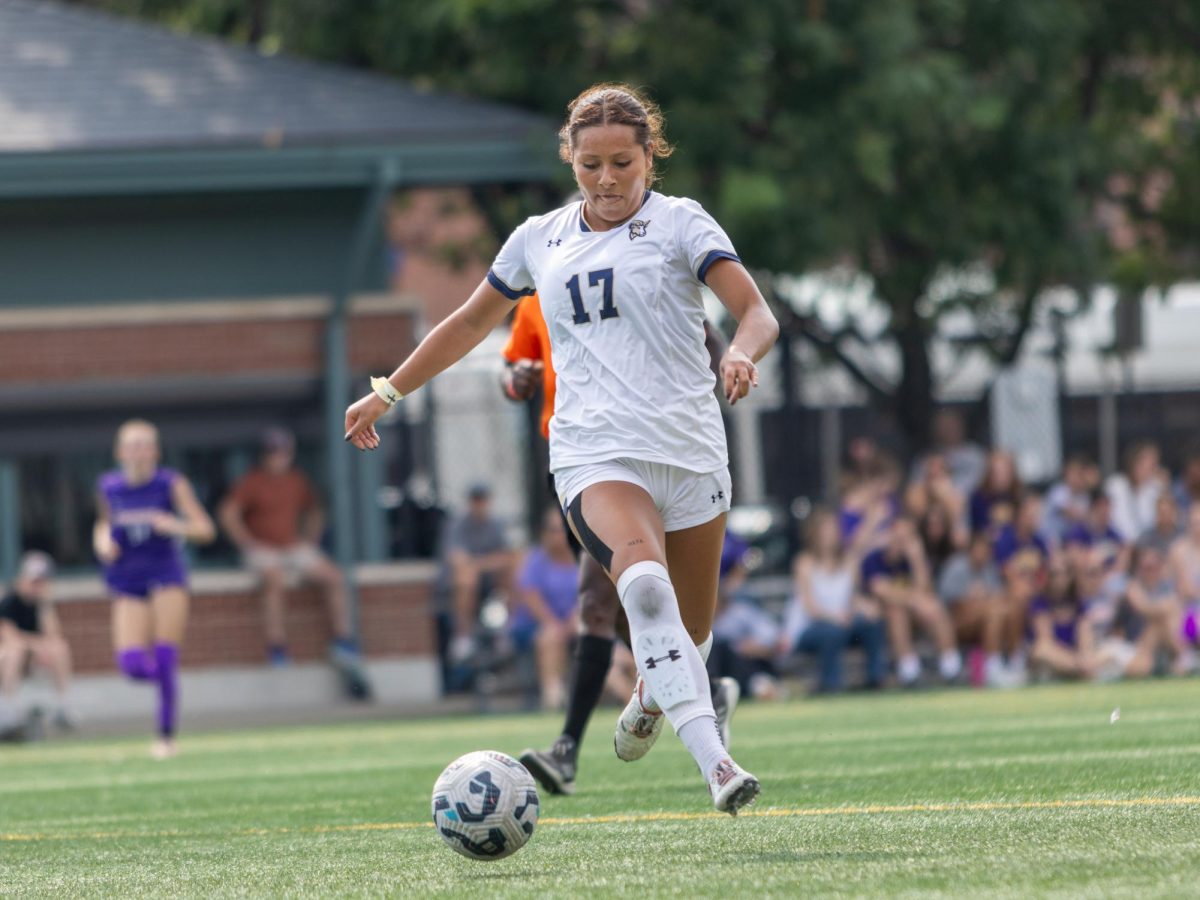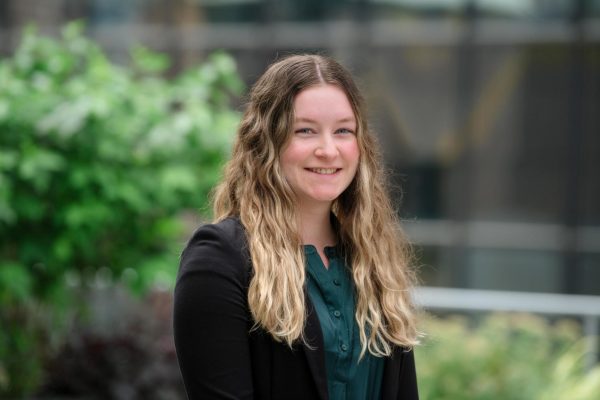One of the classes I’m taking this semester is SCI-112, Structure of the Universe, which is a science course with a lab that’s focused on astronomy. This is arguably one of the most popular courses that’s offered at Suffolk Madrid, because the lab takes place in the Canary Islands.
On Mar. 24, our class left for the highly anticipated trip. The Canary Islands are part of Spain, but are located closer to the Equator, off the coast of northwestern Africa. We flew to Tenerife, the largest island, and drove up the mountains to Teide Observatory, where we would be staying and conducting our lab. Tenerife is home to Mt. Teide, a dormant volcano.
This class provides students with the extremely unique opportunity of working at this observatory, which houses some of the best solar telescopes in Europe. There are dozens of astronomers conducting research at the same time students are doing their lab. The observatory is not open to just anyone. Suffolk Madrid has special permission to bring the class there.
Because of the exclusivity of this opportunity, and many more reasons that I’ll explain as you continue reading, this trip is by far my favorite one that I’ve taken in the three months I’ve been in Europe.
There’s simply no way to describe the incredible views that I saw in Tenerife. We were above the clouds most of the weekend. During the day, the sky was sunny and blue, with fluffy white clouds preventing us from seeing what was below. In the evening, the sunsets were always gorgeous and very colorful.
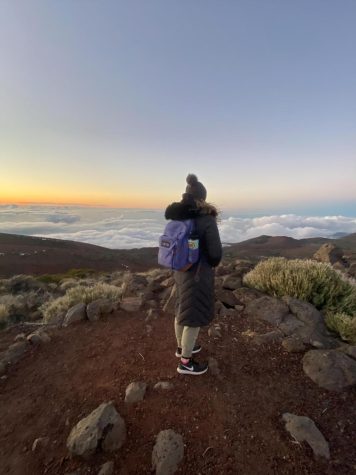
I’ve always loved the night sky: the stars and especially the moon, so the lack of light pollution at the observatory allowed for the clearest skies I’ve ever seen in my life. You could see millions of stars, so many different constellations — including some I’ve never been able to see before — and there were constantly shooting stars flashing by. One of the most amazing things was being able to see the Milky Way with the naked eye.
Our class stayed in dormitories that are located on the property, and we ate our meals at the observatory canteen. We would start doing work after sunset, around 8:30 p.m., and would finish around 3 a.m. One night we were up until 5 a.m. Then, we would sleep until noon, wake up and explore the island.
We went on some really cool day trips. We went deep underground into Cueva del Viento, a cave that was carved out by the flowing lava of an eruption from Mt. Teide. You can see what paths the lava took based on the hardened rock that’s there now. We visited Teide National Park, part of which reminded me of the Grand Canyon. We were also able to go down to the beach. The sand was black because it’s made of volcanic rock, and the water was warm enough to swim in.
Our class spent our evenings outside learning the names and formations of different constellations, and then locating them in the sky. We also had a telescope for ourselves, and we would go up to the dome in groups to learn how to operate it. By the end of the weekend, we were able to move the telescope to set the declination and right ascension, to find various objects in the sky.
This class has been challenging, which I’ve never heard anyone talk about. But after going on this trip, I can see why. This lab experience far outweighs any of the struggles one might face in the classroom.
Going to this observatory is a once-in-a-lifetime opportunity that few have been able to experience. Every aspect of the trip was simply incredible, and it’s one of the most unique things I’ve ever done.
To anyone considering taking this course: do it. You might have to put in some extra work, but you’ll leave the lab with some of the greatest experiences and memories ever.


